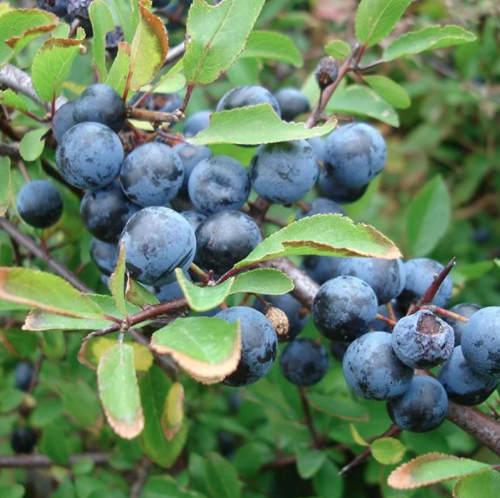Punnet of Plums: Top Tips for Foraging in Autumn
Punnet of Plums: Top Tips for Foraging in Autumn

Back in July, we launched our latest designs for our eco-friendly wrapping paper prints. (Missed it? Watch the launch here) Obviously, we love them all, but the Punnet of Plums print us gave strong cravings for Autumn in the sweltering heat-wave of Summer. Now, it's here. September is upon us, and the leaves are turning golden.
Eating seasonally is just one of the many ways you can support an eco-friendly lifestyle. While we always crave strawberries, eating them outside of their natural season means they've grown abroad, and the carbon footprint to deliver them is high.
Choosing seasonal foods also helps to support the local economy - something we're passionate about at Curlicue. Our entire production, from design to print, all occurs within the UK to help local businesses and keep our carbon footprint low.
With the taste of plums on our tongues, we found the best seasonal, foraged finds in the UK.

Before we begin:
When foraging there, are a few golden rules to follow.
1. "When in doubt, leave it out." Some plants and mushrooms are poisonous, if you aren't 100% sure they're safe, leave them where they are.
2. "The 30% Rule." The wild, delicious food isn't just for you - they support natural wildlife. Never take more than 30% of what you find and never pick more than you need.
3. "Never forage near a road." Not only is not as safe to walk along, but pollution from the road seeps into the vegetation.
4. "Always ask." Always get the landowners permission to forage and pick from their land.
5. "Leave only footprints." Take your rubbish home - don't be that person…
The Woodland Trust has full foraging guidelines so that you can forage safely and legally.
Here are some of the easiest to find, forageable foods in the UK during Autumn:
Sweet Chestnuts
Chestnuts are perfect for finding in October and are the first signals of the festive season. You'll find these fallen nuts at the base of large, established trees.
Chestnuts can be baked, roasted, boiled or microwaved, but you must score the skin before you cook them to avoid a chestnut explosion. Once cooked, you can peel the skin and eat straight away. We're a fan of candied chestnuts or marrons glacés- you can find a recipe here.

Roasting Chestnuts on an open fire…mmm.
Blackberries
These delicious fruits are at their best in September. Possibly the easiest to recognise, these shiny black fruits can be picked and eaten straight off the bush - but we'd recommend a wash first. Perfect for jams, pies and crumbles or even Blackberry wine.
Top tip: Pick blackberries that are a deep black colour and nicely plump - these are the freshest berries.

Credit: Delicious Magazine
Crab Apples
Crab Apples begin to ripen in October. They are quite tart but contain a lot of pectins (a great binding fibre) making them perfect for use in jams and chutneys.
The Woodland Trust has three top crab apple recipes including toffee crab apples which we're a little obsessed with - our Dentist isn't.

Credit: Phil Formby / WTML
Sloes
With a similar appearance to blueberries, sloes are found on hedgerows, woodland and forests. You can tell you've come across a patch of sloes thanks to the pale blue powder on that skin that comes off when picked.
Sloes should be picked after the first frost when their skin is softest.
Let's talk gin…sloe berries are most commonly used to flavour spirits, mostly gins. The brilliant team at Countryfile have compiled this Perfect Sloe Gin Recipe that we love.

Credit: Delicious Magazine
If you're interested in eating seasonally and want to go further than foraging for fruit or hedgerow plants, Eat The Seasons has up to date information on what to look for to keep your food seasonal.
If you want a few more recipes, we love Anna Jones' cookbook - The Modern Cook's Year. Jones has curated the book by season, and everything is delicious! We love these Vanilla and blackberry drop scones - but we've got a real sweet tooth - can you tell?
If you go for an autumnal forage, send us your pics! We'd love to see you enjoying the season and the best that British hedgerows have to offer.

